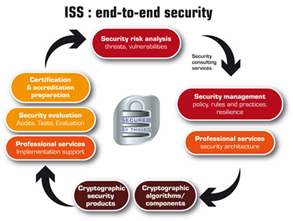Radiation Detection Portals at Port Hueneme
U.S. Customs and Border Protection announced today the deployment of Radiation Portal Monitors at Port Hueneme to prevent terrorists from attempting to smuggle radiological materials used in nuclear and radiological dispersal devices.
“This advanced technology enhances our capabilities in keeping the flow of legitimate trade critical to the U.S. economy, while protecting our country from terrorists and their weapons of mass destruction,” said Todd Hoffman CBP port director of Los Angeles/Long Beach seaport complex who oversees Port Hueneme.
|
||
RPMs are detection devices that provide CBP officers with a passive, non-intrusive means to screen containers, vessels and vehicles for the presence of nuclear and radiological materials. The deployment of portal monitors is an important component of CBP’s multi-layered strategy.
These systems do not emit radiation but are capable of detecting various types of radiation emanating from nuclear devices, dirty bombs, special nuclear materials, natural sources and isotopes commonly used in medicine and industry. They are completely safe for anyone passing by them, including children and pregnant women.
Last year Port Hueneme processed more than 200 vessels discharging more than 80,000 new cars as well as more than 3.5 million cases of produce. During fiscal year 2009, CBP deployed 179 new radiation portal monitors throughout the nation’s ports of entry, bringing the number of RPMs to 1,354 at the nation’s land and sea ports of entry.
source CBP



